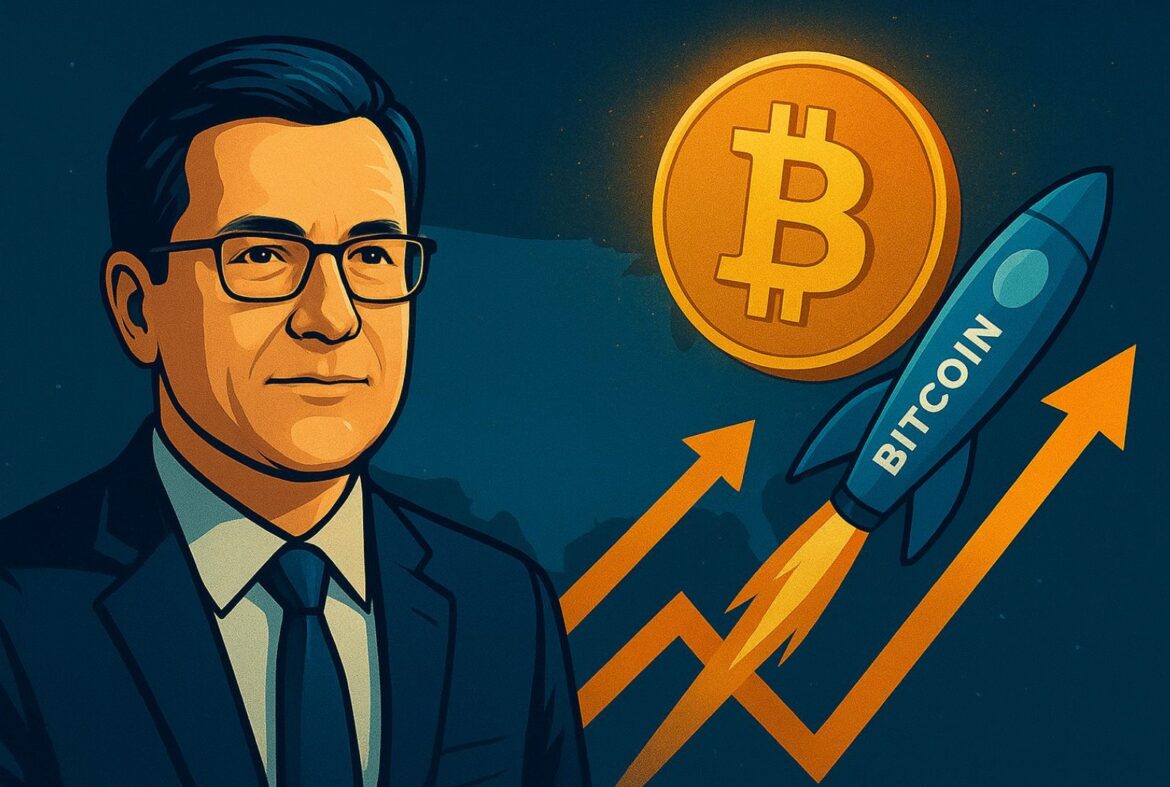Anchorage Digital, the first crypto bank in the United States to receive a national trust bank charter from the Office of the Comptroller of the Currency (OCC), has applied for a master account with the Federal Reserve. If approved, the company will not have to rely on intermediaries anymore to access the U.S. central banking system and the Automated Clearing House (ACH) Network, leading to a federal validation status as well as cost efficiency.
The company filed its application on August 28, signaling its intention to streamline how digital assets connect with traditional finance. By eliminating the need for third-party banks, the direct access would lead Anchorage to reducing fees, settlement times, and operational complexity. Just as important, the federal recognition could strengthen client confidence, attract larger institutional partners, and legitimize crypto banking within the U.S. financial system.
The bigger picture
The application follows an important sequence of past events. In 2022, the Office of the Comptroller of the Currency (OCC) placed Anchorage under a consent order after finding weaknesses in its anti-money laundering (AML) program. After three years of oversight, regulators determined the issues had been resolved and lifted the order in August 2025. With that compliance cleared, Anchorage now presents itself as fully aligned with federal standards and prepared to scale its services.
Anchorage’s strategy mirrors a broader trend in the industry. Ripple filed for a national bank charter in July, while stablecoin issuers Circle and Paxos are also pursuing federal-level approvals. These efforts underline that major digital asset firms are seeking direct access to U.S. payment systems to lower reliance on intermediaries and improve operational efficiency, as well as national recognition.
Efficiency and regulation
Anchorage Digital’s application for a Federal Reserve master account aims to enhance its position after resolving past compliance issues and securing federal validation. By seeking to cut costs and settlement times while aligning with national standards, the firm joins Ripple, Circle, and Paxos in testing how far crypto institutions can integrate into the U.S. financial system, a strategy attempted before but now backed by clearer regulatory progress.
Also read: Franklin Templeton Expands BENJI Token Support with Anchorage Digital










